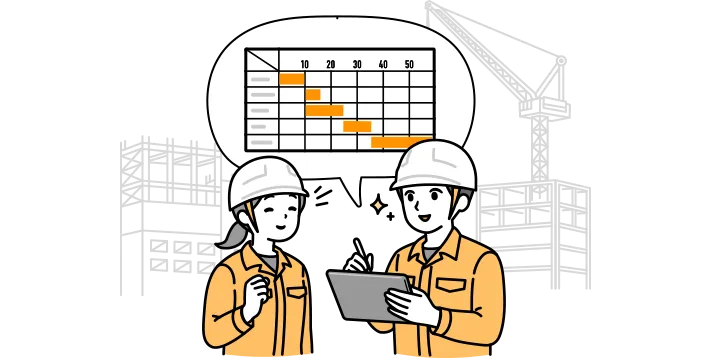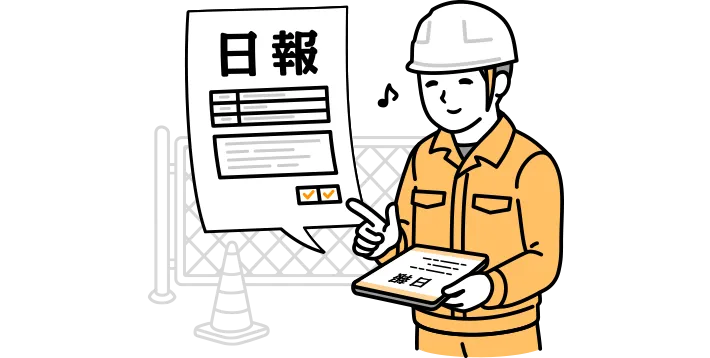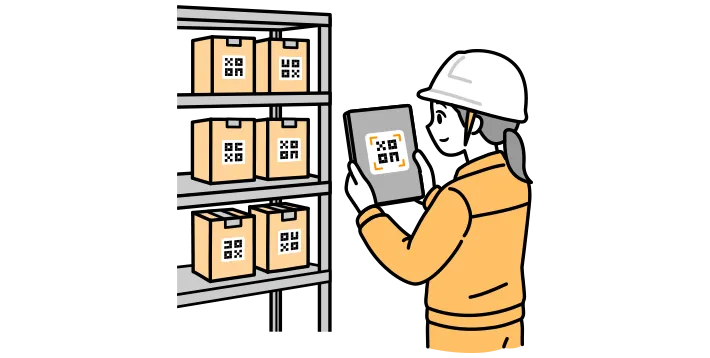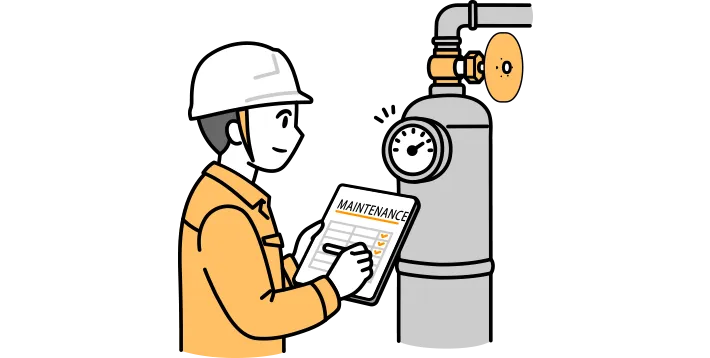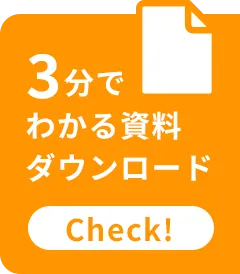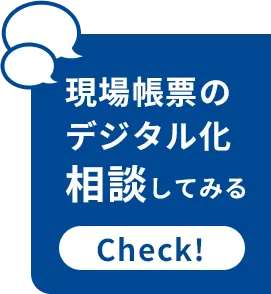
Case study: PAL Co., Ltd.

PAL Inc.
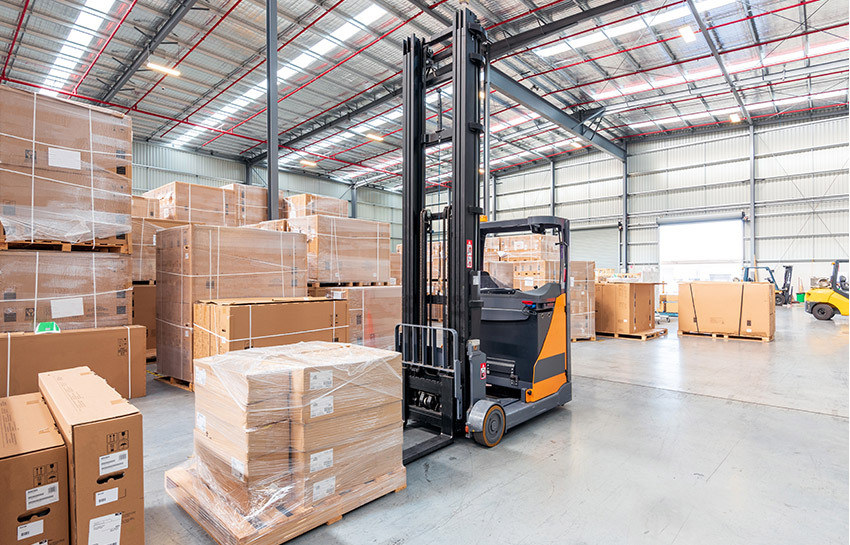
The work efficiency is superior to that of inspection using a handheld scanner. Oversights have been drastically reduced to almost zero, and customer trust has increased.
Kaizen effect
Due to the nature of the customer system, inspection of sorted food items could only be done visually, which resulted in numerous mistakes.
At the site where i-Repo Scan was introduced, inspection errors were almost eliminated, reducing monthly accident costs by 300,000 yen.
Visual inspection took time and was a burden for foreign workers who could not read Japanese.
What would take one minute per cart can now be completed in just a few seconds with i-Repo Scan, which scans all at once.
Even if they wanted to introduce a system, there were concerns about the difficulty of operating it on-site due to the complex operations required.
The simple operation of scanning all documents at once on a device is easy for anyone to learn by just watching the operation once.
-

Kanto Operations Department, Operation Engineering Division Mr. Yoshimasa Kaneko
Well versed in logistics, contracted to handle intermediate warehouse operations for a major general supermarket
We have expertise in warehouse management, including warehouse relocation and relocation, inventory storage and management, and knowledge of the latest technologies, and provide comprehensive operations for logistics warehouses. Our business is broadly divided into four areas: system construction, logitec engineering, consulting, and operations.
Today I would like to talk about the implementation status of our contract business in the operations business. Our client is a nationwide general supermarket chain, and we are providing our system as an intermediate warehouse for logistics, sorting and shipping products.
Even though there are barcodes, visual inspection still leads to mistakes
-What kind of work was being done and what was the cause of the problem?
The company handles a wide range of food products, but the i-Repo Scan was introduced at the inspection site for three food products: seafood, livestock, and delicatessen. Hundreds of thousands of packs of all three foods are shipped daily to 120 to 130 stores. Products are placed in containers (banju) labeled with the store name and barcode, and the barcodes are read with a handheld scanner, and the containers are sorted by loading them onto basket carts for each store.
For other food products, we use the customer's handheld scanner to check whether there are any containers on the carts that are going to other stores. However, for "Fisheries, Livestock and Deli" products, our handheld scanner cannot be used for inspection due to the customer's system design. A method of visually inspecting each container We were collecting.
Therefore, at this site Frequent product accidents (misdelivery and non-delivery) When inspecting visually, it is easy to overlook something, so for example, if a container bound for Center B was mixed in with a basket cart bound for Center A, it would be shipped without being noticed. About 10 such mistakes were occurring every day.
The inspection work is mainly done by part-time staff. If the staff is Japanese, they can easily notice some mistakes by looking at the store name on the label. However, Foreign staff, who make up about 40% of the employees, identify stores by looking at the numbers. Because Numbers are easy to misread This led to product accidents.
Inspection using a handheld scanner is far from perfect
- Were there any problems with the inspection using the handheld scanner?
Although it is more accurate than visual inspection, Even with handheld scanners, oversights can occur If an incorrectly sorted container is scanned, a vibration function will alert the user, but this is often overlooked. An error message will also appear on the LCD screen, but this is also difficult to notice.
In addition, about 20 pieces are loaded onto one basket cart. Scanning the container labels one by one takes a surprisingly long time, about one minute per machine. And if there is any old label left in the container that hasn't been completely washed off, it will be read and an error message will appear, which can be a hassle.
i-Repo Scan: Features that streamline work and low implementation costs
-What prompted you to start considering implementing the system?
This situation led to a high number of product accidents, and customers strongly requested improvements, which led to a movement to stop visual inspection and introduce a new system.
The search for the system is basically done via the Internet. A system that can improve work efficiency and reduce time I picked out systems from several companies, focusing on these key points. I was involved in product selection from around this time, offering my opinions as someone who actually uses the system on-site, and now, after its implementation, I am in charge of managing and operating the system.
During the implementation consideration phase, we listened to product explanations from each company and confirmed the functions while watching demonstrations. Introducing i-Repo Scan, which was also cost-effective I decided to do it.
If it is easy to use, not only can you inspect the product, but you can also learn how to operate it quickly.
-Could you please tell us more about the implementation status?
A total of six terminals were installed in the "Fisheries, Livestock and Deli" department. Greatly improved workability and accuracy in inspection work I did.
First of all, it is "operability." It can project the labels of multiple containers loaded on a cart all at once, Inspection is completed by simply scanning all at once. This dramatically speeds up the process to just a few seconds. We are doing it.
In addition, the strain on the body has been greatly reduced. In fact, the temperature in the room where marine and livestock products are inspected is set at 2 to 3 degrees Celsius. In such an environment, if you use a handheld scanner to read barcodes while pressing the button multiple times for each container, your hands will become numb and numb. With i-Repo Scan, you only need to scan them all at once, so there is no need to take measures against the cold. This is a big advantage for workers. I think the work can be done much faster than when using a handheld scanner.
This simple operation makes it easy to It doesn't take long to learn how to use it Even new workers can read the manual and start using it from the first day of work. Foreign workers who cannot read the manual can understand how to use it by just showing them the operation once, and it is easy for employees to teach each other. So that anyone can use it immediately It has become.
Naturally, Reduced labor and increased productivity This has led to the following: Reduced man-hours by approximately 2 hours per day, or 60 hours per month It is possible, Not only can you reduce labor costs, but you can also allocate personnel to work in other departments. The introduction of i-Repo Scan has been well received by other departments as well.
Mis-sorting issues are now clearly identified, reducing product accidents to almost zero
- Was your main goal of "accurate delivery" achieved?
Regarding "accuracy," it has been greatly improved, and now it is possible to quickly find only the incorrectly sorted containers. A red X appears only on the incorrect container on the video. This is what we call "visualizing mis-sorting." This display function is customized using augmented reality (AR) technology, and was a request I made to CIMTOPS during the implementation consideration phase, which led to its realization.
Thus, the current status of the "Fisheries, Livestock and Deli" division Almost zero product accidents The reduction in accident fees is approximately 300,000 yen per month, which can be attributed entirely to the introduction of i-Repo Scan.
It was also a big effect on report management. After introducing i-Reporter, we were able to have conversations with customers based on the data. For example, if a store inquires about an item not being delivered, We will submit shipping records using the inspection data uploaded to the cloud as evidence. We are doing it.
Until now, there was only a handwritten record of the inspection work, and no evidence of the individual products being listed. However, now there is a record linked by a system, Easy to say with confidence that you have shipped This is a big improvement, and our customers have been praising us for the increased reliability of our system. Greatly increased trust from customers I feel that way.
i-Repo Scan is better than a handheld scanner! Expect even more possibilities
-Are you considering further expanding the use of i-Repo Scan?
I would like to introduce i-Repo Scan to other sites as well. We have already heard about this. We have three centers where we sort products for our customers' stores, and we think it would be beneficial there as well. We are also involved in the work of other customers, so we are considering using it there as well.
There are still many sites that use handheld scanners, and if possible, I want to completely replace my handheld scanner with i-Repo Scan To do this, we need to link with our customers' systems, so we are currently considering working with not only our customers but also related companies to move forward.
In addition to inspection, we also conduct inspections once a month. Could this be used for inventory? I'm thinking about it. I'm also hoping that in the future it will become OCR compatible. At work sites where handheld scanners aren't used, there are no barcodes on the labels, so a system that can recognize and read characters would be easy to implement. There is potential for i-Repo Scan to be used even more effectively, so I hope to use it to further improve my business operations.
Company Profile

PAL Inc.
- Established:
- 2000
- Headquarters:
- 2nd floor, Yotsubashi Grand Building, 1-4-26 Shinmachi, Nishi-ku, Osaka 550-0013
- Business Description:
- As a logitech integrator, PAL combines the organizational functions of hardware, software, and operations to promote digital transformation for its customers by realizing digitalization and automation in logistics sites.
The above reviews are quoted from ITreview.(https://www.itreview.jp/products/i-reporter/reviews)
※ITreview is a real-name, company-verified review platform featuring authentic feedback from professionals on the front lines.






